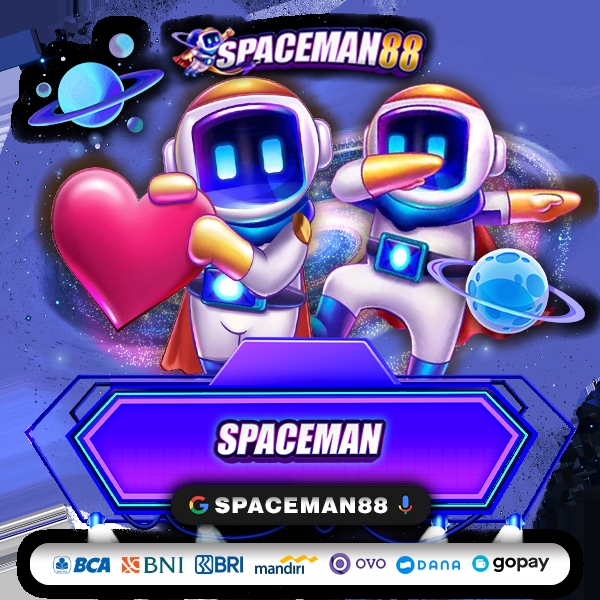Now that you are familiar with all the rendering techniques, the next step is to choose a framework that supports all of these methods. In the early days of web development, there were only static files, however, it has come a long way since then. Now we have databases, web sockets, real-time data, authentication, and much more powering our web apps. Improving javascript rendering in term of preformence of a web applications is a good task. Client-side Rendering (CSR) is the process of rendering content in the browser using JavaScript. When a request is a made for a web page that uses CSR, the server sends back a placeholder HTML document with a JavaScript file that will render the rest of the page and fill in the blanks in the browser.
The basic concepts are moderately straightforward, but intractable to calculate; and a single elegant algorithm or approach has been elusive for more general purpose renderers. In order to meet demands of robustness, accuracy and practicality, an implementation will be a complex combination of different techniques. Many rendering algorithms have been researched, and software used for rendering may employ a number of different techniques to obtain a final image. Rendering research and development has been largely motivated by finding ways to simulate these efficiently. Some relate directly to particular algorithms and techniques, while others are produced together.
Render selected pages on-demand with on-demand builders
All more complete algorithms can be seen as solutions to particular formulations of this equation. Rendering research is concerned with both the adaptation of scientific models and their efficient application. The implementation of a realistic renderer always has some basic element of physical simulation or emulation – some computation which resembles or abstracts a real physical process. For movie animations, several images (frames) must be rendered, and stitched together in a program capable of making an animation of this sort.
Before going deep into it, we should understand how we can give priority to different components of our webpage. Server side rendering refers to generating the HTML for a web page on the server and then sending it to the client browser. It is worth noting that, unlike ISR, which uses a server-side API call, DSG uses a cached-at-build-time data layer to pull data.
Software rendering
A high-level representation of an image necessarily contains elements in a different domain from pixels. In a schematic drawing, for instance, line segments and curves might be primitives. A software application or component that performs rendering is called a rendering engine,[1] render engine, rendering system, graphics engine, or simply a renderer. Progressive rendering is a concept that every web developer should know because it helps a lot in the fast loading of a website. Most of the developers are using progressive rendering but they are unaware that the thing that they are doing to load the website quickly is actually progressive rendering. To improve the loading time of your site, you can pick and choose which setup operations to perform in server-side code and which operations to perform in client-side code.
Other highly sought features these days may include interactive photorealistic rendering (IPR) and hardware rendering/shading. JavaScript is a popular choice for rendering web pages because it is used to create an intuitive user experience. Consequently, websites that use JavaScript to house most of their content and navigation run the risk of being invisible to the web crawler. Dynamic rendering addresses this issue by rendering a web page as described above for the human user, while also rendering static HTML for a search engine bot to crawl and index.
How to build a ticketing platform with React and Netlify
The Rendering Patterns you mentioned (Server-Side Rendering and Client-Side Rendering) have gotten their name from the location where the HTML is generated/”rendered” (Client vs. Server). In terms of web browser, taking the HTML code and show it into IT blog the browser, is called rendering by a browser. Now your code will be rendered by the browser and it’ll show you a cat image on the browser. Env returns “backend” when rendering on the server and returns “browser” when rendering on the client.
The term “physically based” indicates the use of physical models and approximations that are more general and widely accepted outside rendering. A particular set of related techniques have gradually become established in the rendering community. In distribution ray tracing, at each point of intersection, multiple rays may be spawned.
Unleashing Speed and Excellence: Web Performance Optimization with Critical Rendering Path
This method allows for dynamic content updates without reloading the page, offering a more interactive user experience, especially for web applications with real-time features. This approach enables search engines to crawl and index content easily, improves initial page load times, and ensures that the content is accessible even without Javascript support. Frameworks like nextjs and nuxt.js facilitate server-side rendering in web applications. Contrary to real-time rendering, performance is only of second priority with pre-rendering.
Quake features an efficient software renderer by Michael Abrash and John Carmack. With its popularity, Quake and other polygonal 3D games of that time helped the sales of graphics cards, and more games started using hardware APIs like DirectX and OpenGL. One of the last AAA games without a hardware renderer was Outcast, which featured advanced voxel technology but also texture filtering and bump mapping as found on graphics hardware. A GPU is a purpose-built device that assists a CPU in performing complex rendering calculations. If a scene is to look relatively realistic and predictable under virtual lighting, the rendering software must solve the rendering equation. The rendering equation does not account for all lighting phenomena, but instead acts as a general lighting model for computer-generated imagery.
By leveraging different rendering methodologies effectively, developers can create visually engaging, interactive, and high-performing websites and applications. This, in turn, contributes to the overall success of the web development project, ensuring that the final product meets both user expectations and business goals. Platforms integrated with Sanity can leverage both server-side and client-side rendering to optimize websites and applications for performance and discoverability.
- Developed by Autodesk, Maya is one of the best 3D graphics applications for creating realistic characters and special visual effects.
- Before Understanding Progressive rendering, We should understand what is rendering of the webpage and what progressive is.
- However, SSR is not perfect to a fault, as it demands more performance from your servers to generate HTML, and the number of server requests is way higher compared to CSR mode as every page is generated from scratch.
- This technique renders images ahead of time, but the process may require more time depending on the image complexity and the system’s rendering processing capabilities.
In such a case, you will need to use the rendering env property to make sure the insert() is only called once. As users interact with the web application, such as clicking buttons or filling out forms, the client-side application handles these interactions locally, without needing to fetch entire HTML pages from the server. Upon receiving this HTML file, the user’s browser starts parsing or interpreting (to understand the codes structure and instructions) the document and executes the JavaScript files referenced within it. When a user accesses a web application built using Client-Side Rendering (CSR), they initially receive a minimal HTML file from the server, which includes references to CSS and JavaScript files. If you have a large site, say 1000 pages long, and you use SSG to generate these pages, it will significantly increase your bundle size and build time.
What Is Rendering: Two Types of Rendering, How It Works and Best Software
The term “rendering” is analogous to the concept of an artist’s impression of a scene. The term “rendering” is also used to describe the process of calculating effects in a video editing program to produce the final video output. One of the first games architecturally similar to modern 3D titles, allowing full 6DoF, was Descent, which featured 3D models entirely made from bitmap textured triangular polygons. Voxel-based graphics also gained popularity for fast and relatively detailed terrain rendering, as in Delta Force, but popular fixed-function hardware eventually made its use impossible.













































































































